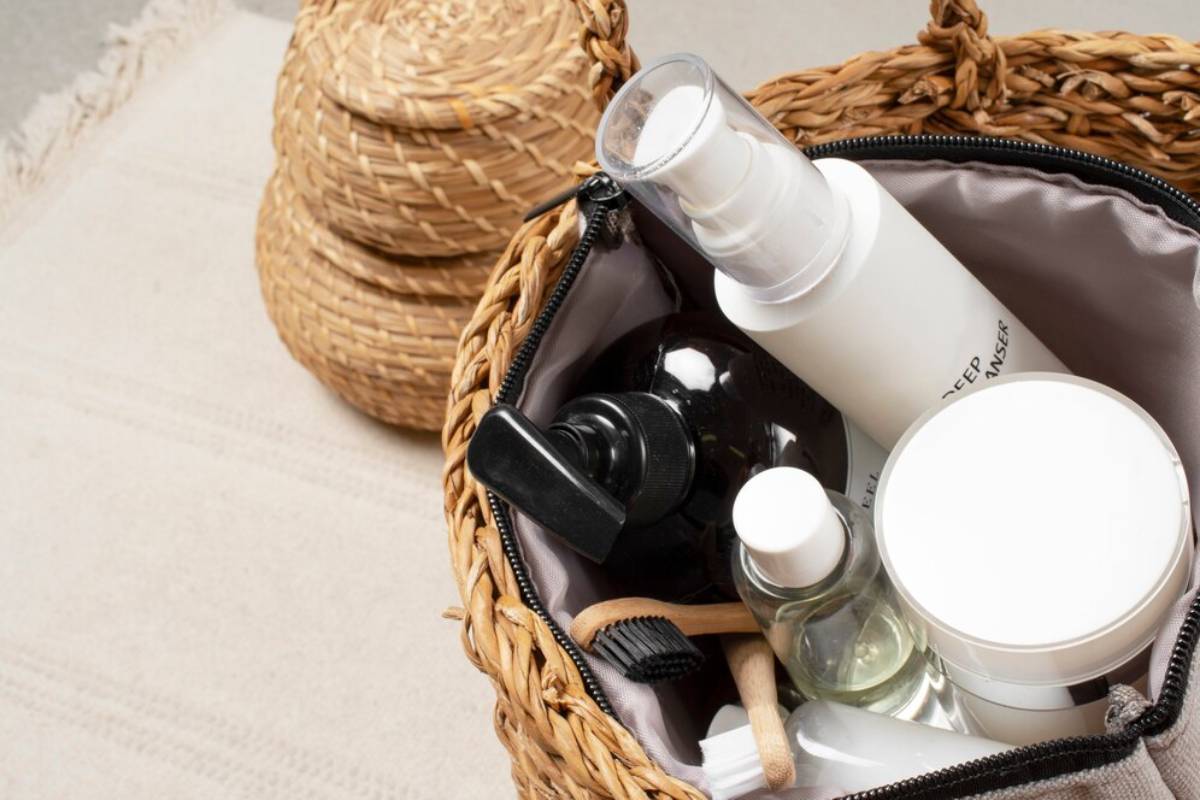
Dry vs. Oily Skin: Understanding Your Skin’s Needs
Knowing your skin type is key to getting a healthy, glowing complexion. Two of the most common skin types are dry and oily skin, each with unique characteristics and care requirements. This skincare guide helps you understand dry and oily skin. It offers tips to customise your routine for your skin’s needs. This guide helps you tackle oily skin issues and find solutions for dry skin. You’ll gain the knowledge needed to care for your skin effectively.
Key Benefits / Why It Matters
Decoding Your Skin Type
Unlocking the secrets of your skin type is essential. It’s the guiding star for choosing the right products and routines. Mismatched selections can turn minor concerns into major skin catastrophes. For example, slathering heavy oils on oily skin? It’s a recipe for clogged pores and unwelcome breakouts. Likewise, neglecting hydration with dry skin might invite flakiness and irritation into your life.
The Power of Personalized Skincare
A tailored skincare routine can work wonders for your complexion. Understanding whether your skin leans dry or oily allows you to choose products that cater to your unique needs. This leads to smoother texture, fewer imperfections, and a radiant glow. A targeted approach helps sidestep common pitfalls, like excessive dryness or an oil slick.
Step-by-Step Guide to Identifying and Caring for Your Skin Type

Identifying Your Skin Type
Traits of Dry Skin
Dry skin often shouts a lack of moisture—it’s tight, rough, or flaky. Dull appearances may hide fine lines and wrinkles that creep up over time. Those with dry skin often feel defensive against environmental foes like biting winds and icy chills.
Traits of Oily Skin
Oily skin tends to pitch a party with too much sebum—nature’s oil. This results in a shiny sheen, enlarged pores, and an open invitation for acne and blackheads. Expect an overall greasy feel and frequent cleansing sessions to maintain that delicate balance.
Crafting a Skincare Routine for Dry Skin
Step 1: Gentle Cleansing
For dry skin, reach for a hydrating cleanser that removes impurities without robbing moisture. Seek out formulas infused with glycerin or hyaluronic acid for optimal hydration.
Step 2: Hydration and Moisturisation
Hydration reigns supreme for dry skin. Introduce a hydrating serum and a sumptuous moisturiser to lock in that precious moisture. Look for skin saviours like ceramides and shea butter to keep hydration flowing.
Step 3: Weekly Exfoliation
Exfoliate once or twice weekly to bid farewell to dead skin cells and refine texture. Choose a gentle exfoliant featuring lactic acid or fruit enzymes to ensure a kinder touch.
Crafting a Skincare Routine for Oily Skin
Step 1: Balancing Cleanser
Oily skin thrives on a foaming or gel cleanser that purges excess oil and impurities. For a winning combo, opt for products boasting salicylic acid or tea tree oil.
Step 2: Lightweight Hydration
Even oily skin craves hydration! Select an oil-free moisturiser that delivers moisture without clogging your pores. Ingredients like hyaluronic acid and niacinamide help tame oil production.
Step 3: Regular Exfoliation
Exfoliate two to three times a week to stop clogged pores and breakouts in their tracks. Go for a chemical exfoliant with BHA for deeper pore cleansing.
Additional Expert Tips & Common Mistakes to Avoid
Here are some common mistakes that people make when choosing their skincare:
Best Practices for Dry Skin
- Say No to Hot Showers: Hot water strips natural oils, worsening dryness. Go lukewarm!
- Layering Order Matters: Apply from thinnest to thickest for maximum absorption and efficacy.
Common Pitfalls for Dry Skin
- Neglecting Sunscreen: Dry skin still needs UV protection. Choose a moisturising sunscreen to shield from damage.
- Overdoing Exfoliation: Excessive exfoliation harms the skin barrier, heightening sensitivity.
Best Practices for Oily Skin
- Blotting Papers are Your Friends: Use them throughout the day to tame excess oil without disturbing your makeup.
- Non-comedogenic is Key: Make sure every product is non-comedogenic to keep pores clear.
Common Pitfalls for Oily Skin
- Over-Cleansing Alert: Washing too often strips natural oils, sending your skin into overdrive.
- Don’t Skip Moisturiser: Skipping it can lead to dehydration, prompting the skin to churn out even more oil.
Advanced Insights / Expert Recommendations

The Impact of Diet and Lifestyle
Your diet and lifestyle have a significant influence on your skin’s fate. A balanced menu brimming with antioxidants, omega-3 fatty acids, and vitamins nurtures skin health. Managing stress through yoga or meditation can help balance hormones. This balance affects oil production and hydration.
Seeking Dermatological Expertise
If skin problems feel overwhelming, see a dermatologist. They can offer personalized advice and solutions. They can recommend treatments such as chemical peels or laser therapy to address tough problems directly.
Conclusion: Empower Yourself by Understanding Your Skin’s Unique Needs
Understanding whether your skin is dry or oily is the first step towards crafting a skincare routine that meets your unique needs. You can enhance your skin’s health and appearance by focusing on targeted oily skin care and effective dry skin hydration. Remember, the journey to healthy skin is a personal one, and what works for someone else may not work for you. Experiment with different products and routines to find what best suits your skin. As you embark on this journey, embrace the process and enjoy the transformation as your skin becomes healthier and more radiant. What steps will you take today to better understand and care for your skin?


